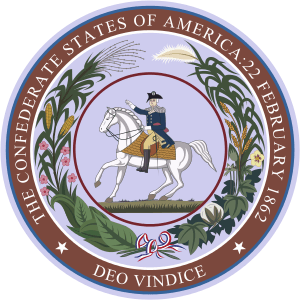So it turns out Utah’s constitution still allows for slavery, “Except as a punishment for a crime.” This legal loophole was explored in great depth in the excellent Douglas Blackmon book, Slavery By Another Name. (The book was the basis of a PBS documentary, too.) A hundred and fifty plus years after the war ended, it’s amazing to note how slavery’s tendrils are still wound around American laws.
After the Civil War, former slave states leapt to take advantage of the exception carved out by the 13th Amendment, the ACLU of Colorado explained last year in its case for amending the state constitution. African Americans were imprisoned and forced to labor in convict leasing programs that pumped money into the state coffers; more than 70 percent of Alabama’s revenue came from the practice in 1898, the ACLU reported.

